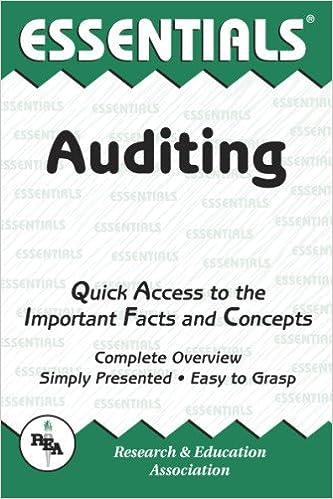Question
2. Larry recorded the following donations this year: $580 cash to a family in need $2,480 to a church $580 cash to a political campaign
2. Larry recorded the following donations this year: $580 cash to a family in need $2,480 to a church $580 cash to a political campaign To the Salvation Army household items that originally cost $1,280 but are worth $380. What is Larry's maximum allowable charitable contribution if his AGI is $60,800?
MULTIPLE CHOICE
$3,060
$1,160
$2,860
$4,920
None of the choices are correct
4. Jim was in an auto accident this year. Jim paid $3,880 to repair his personal-use car after the accident and his insurance only reimbursed him $495. Jim bought his car several years ago for $1,550. What is the amount of casualty loss from this accident before Jim applies any casualty loss floor limitations?
MULTIPLE CHOICE
$3,880
$3,385
$1,550
$1,055
None of the choices are correct
5. Fred's employer dispatched him on a business trip from the Dallas headquarters to New York this year. During the trip Fred incurred the following unreimbursed expenses:
|
|
|
| Air fare | $1,360 |
| Lodging | 810 |
| Meals | 660 |
| Cab fare | 280 |
What is the amount of Fred's deduction before the application of any AGI limitations?
MULTIPLE CHOICE
$3,110
$2,780
$2,170
$1,360
$0 THE EXPENSES CANNOT BE DEDUCTED UNLESS FRED IS REIMBURSED.
7. Which of the following is a true statement?
Multiple Choice
A taxpayers standard deduction varies based on her medical expenses and charitable contributions.
The standard deduction requires all taxpayers to substantiate and collect information regarding itemized deductions.
A taxpayers standard deduction amount may vary with her age.
Bunching itemized deductions is an example of tax planning by income shifting.
None of the choices are true.
9. Which of the following is a true statement?
Multiple Choice
A taxpayer cannot deduct medical expenses incurred for others unless they are members of his immediate family.
A taxpayer can deduct medical expenses incurred for a qualified relative even if the relative does not meet the gross income test.
Deductible medical expenses typically include Botox treatments and other cosmetic procedures incurred to enhance a taxpayers appearance.
Deductible medical expenses do not include long-term care services for disabled spouses and dependents.
All of the choices are true.
Step by Step Solution
There are 3 Steps involved in it
Step: 1

Get Instant Access to Expert-Tailored Solutions
See step-by-step solutions with expert insights and AI powered tools for academic success
Step: 2

Step: 3

Ace Your Homework with AI
Get the answers you need in no time with our AI-driven, step-by-step assistance
Get Started


